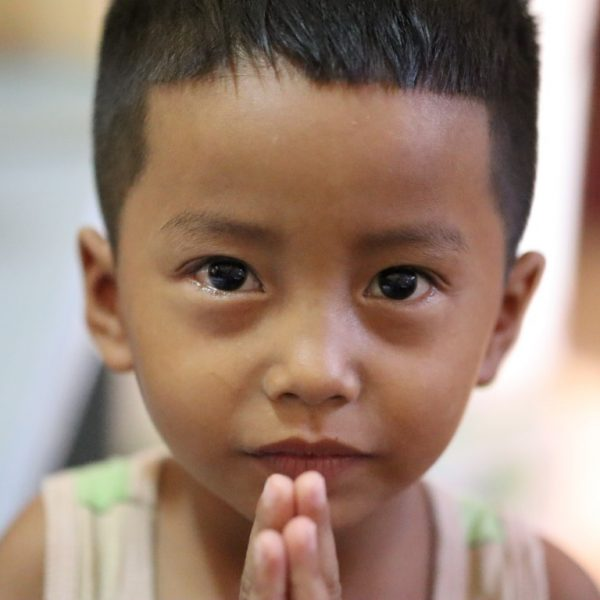Every child has the right to be protected, fed, cared for and educated,
express yourself and have free time.
There are no limits when it comes to helping those most in need. kleine herzen is committed to helping needy children in Ukraine and Cambodia.

Reasoning that modern, western-oriented Ukraine poses a constant threat, Russia has unleashed the biggest war in Europe since World War II.
Thousands of people have died since then, cities like Mariupol lie in ruins and, according to the UN, at least 12 million Ukrainians have been displaced, half of them children. More than five million people have fled to neighboring countries, while it is estimated that there are still seven million refugees in Ukraine itself. Many would like to leave Ukraine but are trapped in their own cities. This tragedy is compounded by the separation of adult men, husbands, brothers, sons, fathers and their families.
Children continue to be killed, wounded and deeply traumatized by the violence around them. At least two children have been killed and many more injured every day since the war began. Many have seen things that no child should ever see.
Children fleeing violence are at high risk of family separation, violence, abuse, sexual exploitation and human trafficking.
The volunteers from kleine herzen put their heart and soul into helping as many children as possible. This has become our mission and our purpose in life.
... by sponsoring a child who became a victim of the war.
... with a donation for our urgent projects to support children who have become victims of war.

Cambodia is one of the poorest countries in Asia with an annual GDP per capita of US$1.579.
Limited human resources and high income inequality are influential factors in poverty in Cambodia. 37% of Cambodian children under the age of five suffer from chronic malnutrition. Only 24% of Cambodians have access to electricity, 64% to clean water and 31% to adequate sanitation.
Cambodia also struggles with a lack of adequate education and limited job opportunities.
Although the Education Act provides for free basic education, school fees, for example for building maintenance, are prohibitive for some families. Other barriers to education include refusal to enroll children without birth certificates, restricted transportation to schools in remote areas, lack of drinking water and toilets in some schools, language barriers and insufficient numbers of teachers. These barriers particularly affect children from ethnic minorities, children with disabilities and children from rural and disadvantaged communities.
... by sponsoring a needy child who lives in one of the two children's centers run by kleine herzen get supported.
... with a donation that enables us to contribute towards the costs of educating 140 children living in the two children's centers of our partner "Future Light Organisation" in Phnom Penh and Ratanakiri.